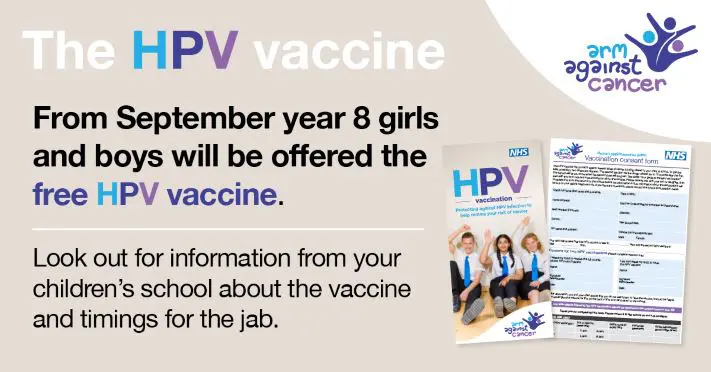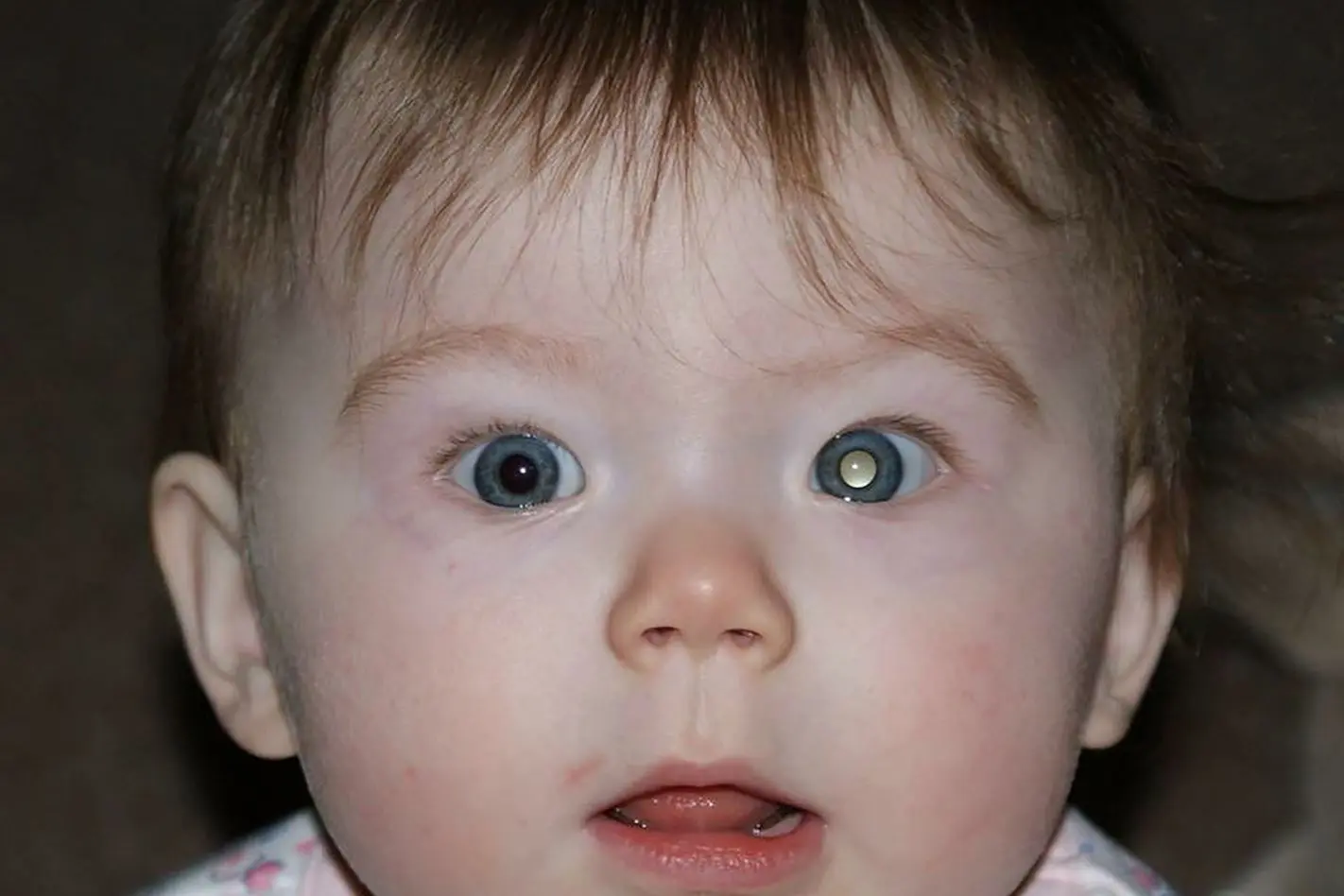Two out of three parents aren’t aware that a squint or lazy eye can be a symptom of an aggressive eye cancer in children, according to a new survey.
In a poll of more than 1,000 parents, only 35 per cent identified a squint as one of the signs of retinoblastoma (Rb), a form of cancer that affects babies and children aged under six.
A squint, or turn in the eye as it is also known, is where the eyes point in different directions. It is the second most common symptom of Rb, after a white glow in a child’s eye. Last year nearly 40 per cent of children diagnosed with Rb had a squint.
To mark World Retinoblastoma Awareness Week (13-19 May), the Childhood Eye Cancer Trust is urging health visitors to advise parents to get their child checked out if they have a squint.
Patrick Tonks, Chief Executive of the Childhood Eye Cancer Trust, said: “Around one child a week is diagnosed with retinoblastoma in the UK, or 50 a year, so it’s very rare and there is no reason for parents to be alarmed. In most cases a squint is completely harmless.
“However we urge health visitors to advise parents to have their child examined by a GP or optician if they have a squint – or if they have any other concerns about their child’s eyes – just to rule out anything serious.”
Over 90 per cent of children diagnosed with Rb will survive but more than half will lose an eye in order to stop the cancer spreading. It is a very fast growing cancer, so early diagnosis is vital to save a child’s eyes, sight and life.
The survey, commissioned by the Childhood Eye Cancer Trust and carried out by MMR Research last month, also found that 66 per cent of parents with children aged six or under had never had their eyes checked and 51 per cent had never heard of Rb.
Patrick added: “Rb can be very difficult to detect because children often seem perfectly well and many healthcare professionals and parents have never heard of it. This week is World Retinoblastoma Awareness Week and we are urging all health visitors to be aware of the symptoms and to advise parents to have their child checked out if there are any concerns at all.”
The main signs of retinoblastoma are:
- A white glow in the pupil or a white reflection in the pupil in flash photographs
- A new squint
- A change in the colour of the iris
- A deterioration in vision
Rarely, retinoblastoma may present as a red, sore or swollen eye without other signs of infection such as discharge. Any of these signs in isolation can indicate retinoblastoma.
“We couldn’t believe she had cancer – she seemed so healthy”
Harley Shevill was 10 months old when she was diagnosed with Rb in both her eyes. Just weeks later she had her right eye removed to save her life. Since her diagnosis, in March last year, she has also bravely endured:
- 16 general anaesthetics
- 6 rounds of chemotherapy
- 5 surgeries
- 4 rounds of laser treatment
- 4 platelet transfusions
- 3 blood transfusions
The only sign that anything was wrong with Harley before she was diagnosed was a white glow her eyes, seen in dim lighting and in photos when a flash had been used, and a squint.
Her mum Coral Baxter, 25, from Motherwell, North Lanarkshire, said: “When Harley was about six months old we noticed a white reflection in her eyes in certain lighting, but we never really thought anything of it. Then she developed a turn in her eye so we took her to get checked out but were told there was nothing to worry about.
“I googled her symptoms and some information about retinoblastoma came up but I thought it couldn’t be anything that serious as she was so healthy and well.”
A few weeks later, when Harley’s squint hadn’t gone, Coral made another appointment at the GP but cancelled it because she thought she was being paranoid. Then her mum was watching the news on television about a little boy from Scotland who had been diagnosed with Rb, and she called Coral and told her to watch it.
Coral said: “As soon as I saw it, I made another appointment. This time the GP said he would refer us and it would take six weeks. But we pushed for her to be seen sooner and we managed to get an appointment at the eye department of the local hospital that day.
“They told us it could be cancer and referred us the Royal London Hospital, one of two specialist centres for Rb in the UK. A week later we were in London being given the news we had dreaded – Harley had Rb. We knew that day that she was going to lose an eye.”
Coral added: “When she was diagnosed I was totally heartbroken, I thought ‘I’m supposed to look after and protect her, I’m her mum’. I didn’t know how we were going to get through it. But in the end it was Harley who got us through it. She was absolutely amazing.”
Harley, who celebrated her second birthday in April, has to have check ups under anaesthetic every six weeks but she’s doing well and is now making up for the time she lost during treatment. She has just started walking, and loves singing and dancing to musicals.
Coral said: “I have made Harley a scrapbook and a list of all the treatments she has been through so I can show her when she is older what she has survived and how brave she is.”
Harley’s dad Graeme Shevill, 26, added: “Having cancer has never held Harley back. She’s been the exact same girl throughout it all. She was brilliant on the day of the surgery to remove her eye and during all of the treatment she has had since. She has made the whole experience much easier than it should have been for us and she is a true inspiration.”
– ENDS –
NOTES TO EDITORS
- 1,041 parents took part in the online survey, conducted by MMR Research Worldwide in April 2018. All parents had at least one child aged between 0-6 years. Eye checks exclude regular childhood developmental checks and exams. Weighting factors applied so as to align demographic make of the samples across project waves.
- The Childhood Eye Cancer Trust (CHECT) is a UK charity dedicated to helping anyone affected by retinoblastoma. It:
- Provides ongoing support and information to families and individuals.
- Funds research into the prevention and treatment of retinoblastoma.
- Raises awareness among health professionals and the public.
- Retinoblastoma is a rare and aggressive form of eye cancer that affects babies and young children, mainly under the age of six. Around 50 cases are diagnosed a year in the UK – or one child a week. It represents 3% of all childhood cancers and 10% of cancers in babies under the age of one in the UK.
- More than 90% of children survive retinoblastoma in the UK but early diagnosis is crucial in order to save a child’s eyes, sight and life. The most common symptoms are a white glow in a child’s eye or pupil in dim lighting or when a photo is taken using a flash, and a squint.
- CHECT has been a registered charity since 1987 and was formerly known as the Retinoblastoma Society.
- For more information on CHECT or retinoblastoma (also known as Rb), including signs and symptoms, diagnosis and treatment options, please visit www.chect.org.uk.
Media enquiries:
For all media enquiries please contact:
Petra Maxwell (Information & Research Manager)
Tel: 020 7377 5578 / 07771 593344
Email: [email protected]






